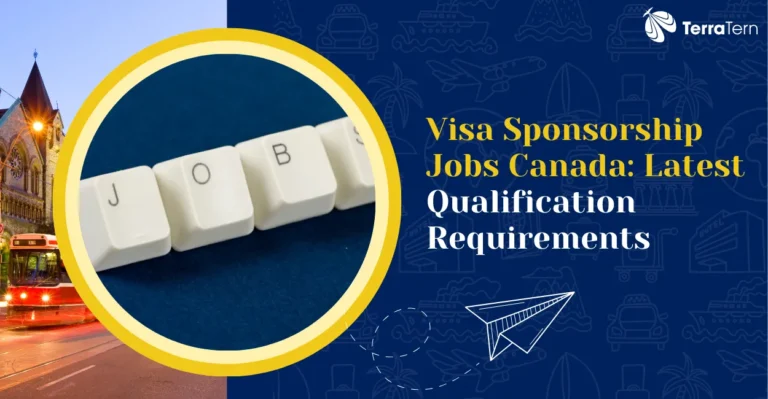USA Spouse Visa for Immigrants – Visa Sponsorship in USA 2025
USA Spouse Visa: Your Comprehensive Guide to Immigrating with Sponsorship (2024/2025)
Navigating the U.S. immigration system can be daunting, especially when it involves family. This comprehensive guide simplifies the process of obtaining a U.S. spouse visa through sponsorship, providing a clear roadmap through the necessary steps, forms, fees, and procedures. Whether you’re just beginning your research or preparing for your interview, this guide will equip you with the knowledge you need for a successful journey.

Understanding Spouse Visa Categories: IR1/CR1 vs. K-3 (A Note on the K-3)
Two primary categories exist for spouses of U.S. citizens or permanent residents:
- IR1/CR1 Visa (The Most Common): This is the standard visa for spouses. The IR1 (Immediate Relative) visa is for spouses married for more than two years at the time of visa issuance, granting immediate permanent resident status upon entry. The CR1 (Conditional Resident) visa is for spouses married for less than two years, granting conditional residency that must be converted to permanent residency after two years. This two-year mark is based on the date of the marriage, not the date of visa approval.
- K-3 Visa (Rarely Used Now): This nonimmigrant visa allowed spouses of U.S. citizens to enter the U.S. while awaiting immigrant visa petition approval. However, due to improved processing times for IR1/CR1 visas, the K-3 is now rarely used. This guide will focus on the IR1/CR1 process as it is the most relevant for current applicants.
Key Steps in the Spouse Visa Application Process: A Detailed Walkthrough
- Filing the Petition (The Foundation):
- Form I-130 (Petition for Alien Relative): The U.S. citizen or permanent resident spouse (the petitioner) must file Form I-130 with U.S. Citizenship and Immigration Services (USCIS). This form establishes the legal relationship between the petitioner and the foreign spouse (the beneficiary). Accuracy is paramount here.
- Form I-130A (Supplemental Information for Spouse Beneficiary): Crucially, for spouses residing outside the U.S., Form I-130A must also be submitted. This provides additional information about the beneficiary spouse.
- National Visa Center (NVC) Processing (The Middle Stage):
- Once USCIS approves the I-130 petition, the case is transferred to the National Visa Center (NVC). The NVC assigns a case number and begins administrative processing. This is where things can sometimes experience delays.
- Affidavit of Support (Form I-864): The petitioner must demonstrate they can financially support their spouse. Form I-864, along with supporting financial documents (tax returns, pay stubs, W-2s), is required. Meeting the minimum income requirements is essential.
- Fees and Document Submission: NVC fees must be paid, and supporting documents (marriage certificate, civil documents) must be submitted electronically. Pay close attention to NVC instructions.
- Consular Processing (The Interview Stage):
- For spouses residing outside the U.S., consular processing takes place at a U.S. Embassy or Consulate in their home country.
- Form DS-260 (Immigrant Visa Electronic Application): The beneficiary spouse must complete the DS-260 online. This is the official immigrant visa application.
- Visa Interview: After submitting the DS-260 and supporting documents, the spouse attends an interview at the consulate. The consular officer assesses the application and the validity of the marriage. Be prepared to answer detailed questions about your relationship.
- Medical Examination (Health is Key):
- The beneficiary spouse must undergo a medical examination by a panel physician authorized by the U.S. Department of State. This ensures they meet immigration health standards and includes required vaccinations. The results are submitted directly to the consulate.
- Visa Interview and Approval (The Final Hurdle):
- Both the applicant spouse and, sometimes, the petitioner spouse may be interviewed. Honest and consistent answers are essential.
- If the visa is approved, the spouse receives their immigrant visa (IR1 or CR1) and can travel to the U.S. The physical green card is then mailed to the U.S. address provided.
Documentation and Fees: What You’ll Need
Required Documents (Meticulous Organization is Key):
- Proof of Petitioner’s Status: U.S. citizen’s passport, birth certificate, naturalization certificate, or green card copy.
- Marriage Certificate: Official marriage certificate and documentation showing termination of any prior marriages (divorce decrees, death certificates).
- Affidavit of Support (Form I-864): And all supporting financial documents (tax returns, W-2s, pay stubs, bank statements).
- Civil Documents: Birth certificates, police certificates, and other documents as required by the NVC and consulate.
- Passport Photos: Meeting specific size and format requirements.
Fees (Plan Your Budget Accordingly):
- Form I-130 Filing Fee: Check the USCIS website for the current fee.
- NVC Processing Fee: Check the NVC website for the current fee.
- DS-260 Immigrant Visa Application Fee: Check the Department of State website for the current fee.
- Medical Examination and Vaccinations: Costs vary; contact the panel physician.
- Biometrics Fee: Check the USCIS website for the current fee.
Conditional Residence and Removing Conditions (For CR1 Visa Holders):
If married for less than two years at visa issuance, the spouse receives a conditional green card (CR1). To obtain a permanent green card, Form I-751 (Petition to Remove Conditions on Residence) must be filed within the 90-day window before the conditional green card expires. Failure to do so can result in loss of residency.
Rights and Protections: Knowing Your Entitlements
Immigrating spouses have important rights and protections, especially related to domestic violence, sexual assault, and child abuse. Information about these protections is provided during the visa process, and it’s vital to understand them. The International Marriage Broker Regulation Act (IMBRA) provides further protections.
Conclusion: A Successful Journey Starts Here
The U.S. spouse visa process is complex but manageable with careful preparation and attention to detail. Utilize the official USCIS and Department of State websites for the most up-to-date information and requirements. Thoroughness and organization are your best allies in navigating this journey and building your life together in the United States. Consider consulting with an immigration attorney for personalized guidance.


